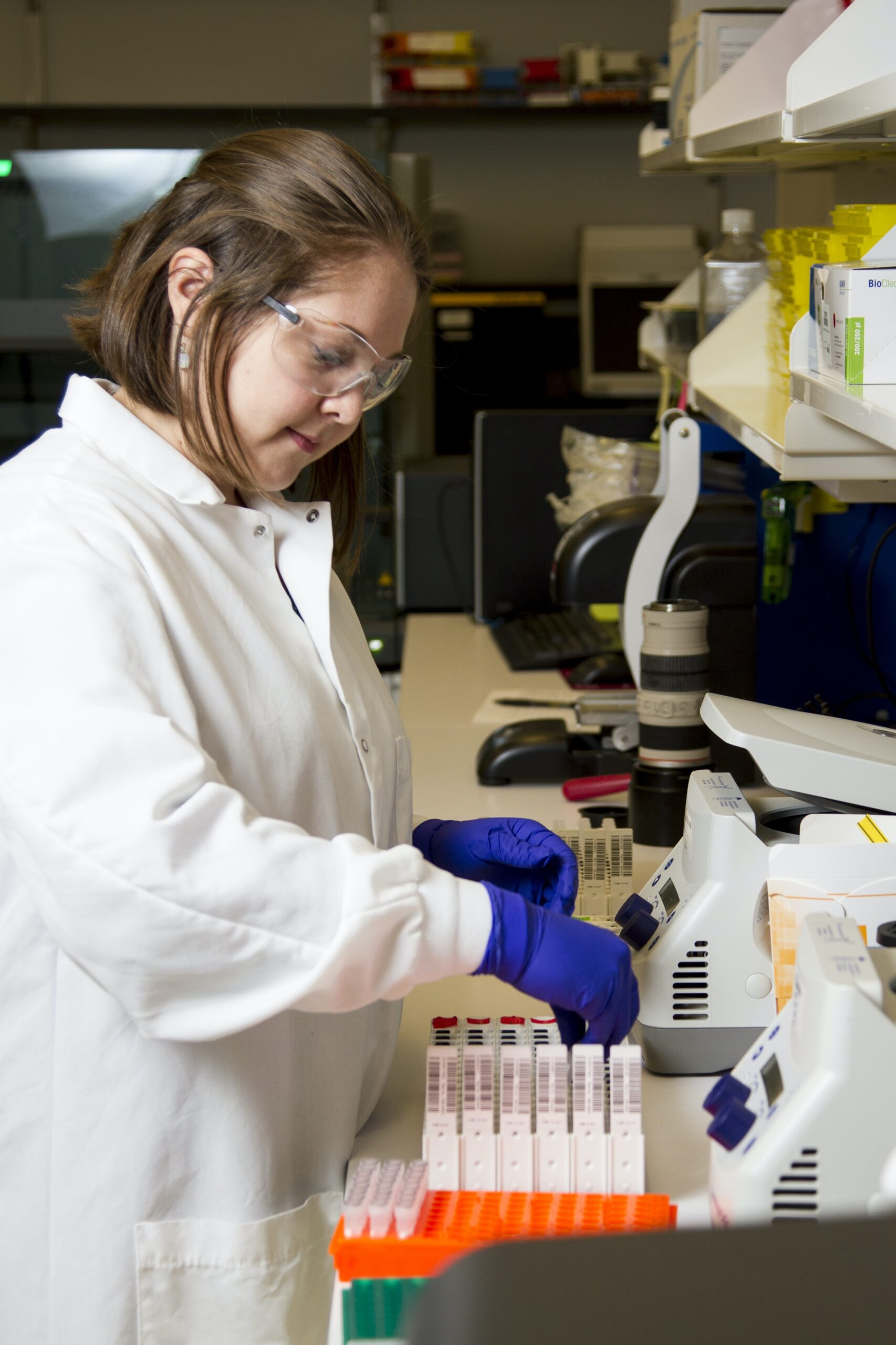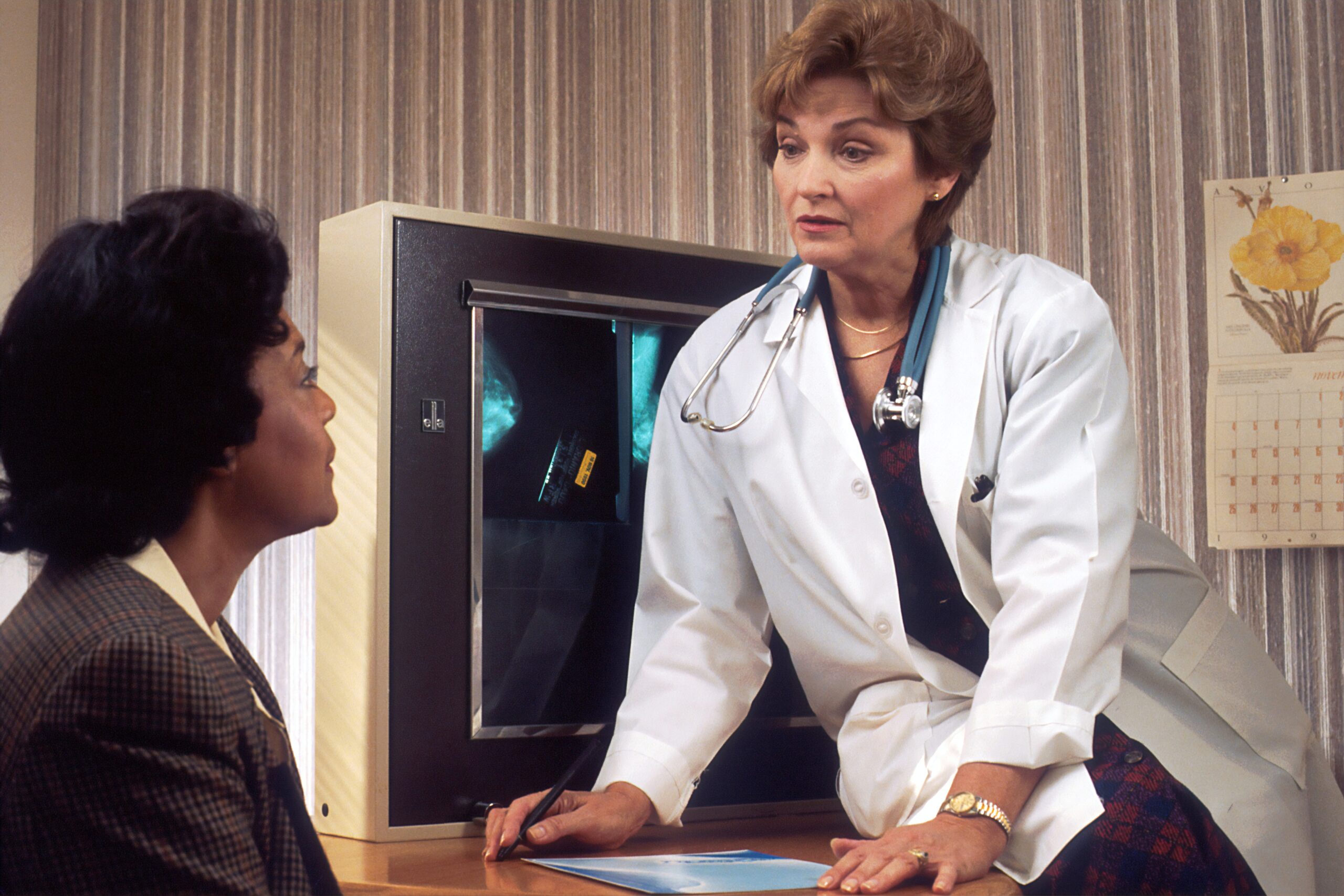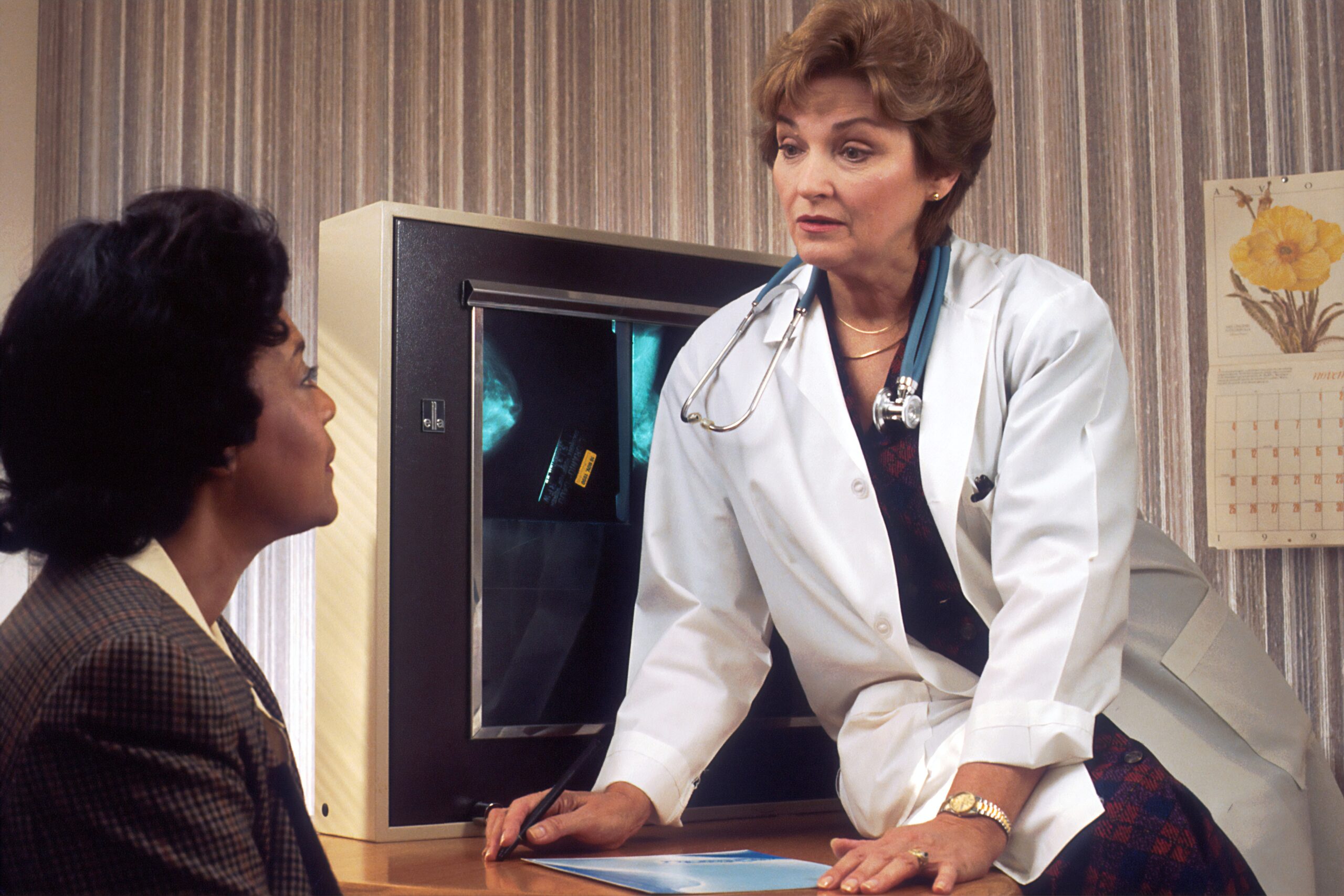Prostate cancer, a common condition among men, has long been associated with fear and uncertainty. However, the question arises: does prostate cancer always necessitate immediate treatment? In this article, we will shed light on this often puzzling topic and explore the various factors that come into play when determining the best course of action for managing prostate cancer. So, if you've ever wondered whether treatment is always the answer, keep reading to gain a clearer understanding of this crucial issue.
Understanding Prostate Cancer
Prostate cancer is a type of cancer that develops in the prostate gland, a small walnut-shaped gland present in men. This gland is responsible for producing seminal fluid, which nourishes and transports sperm. Prostate cancer occurs when there is an abnormal growth of cells in the prostate gland, leading to the formation of a tumor.
What is Prostate Cancer
Prostate cancer is the second most common cancer among men worldwide. It usually develops slowly and may not cause any symptoms in its early stages. However, if left untreated, it can spread to other parts of the body, such as the bones, lymph nodes, or distant organs, leading to more severe symptoms and complications.
Statistics and Prevalence of Prostate Cancer
Prostate cancer is a prevalent health issue among men, and the statistics prove its significance. According to the American Cancer Society, it is estimated that in the United States alone, about 248,530 new cases of prostate cancer will be diagnosed in 2021. Additionally, it is projected that approximately 34,130 deaths will occur due to this disease. These numbers highlight the importance of understanding prostate cancer and the need for effective treatment options.
Determination of the Necessity for Treatment
The necessity for treatment in prostate cancer depends on various factors, including the stage of the cancer, the overall health of the patient, and the patient's age and life expectancy.
Dependence on the Stage of the Cancer
The stage of prostate cancer plays a crucial role in determining the necessity for treatment. Early-stage prostate cancers that are confined to the prostate gland may not require immediate treatment. In some cases, active surveillance, a monitoring approach, may be recommended to closely observe the cancer's progression. On the other hand, advanced-stage prostate cancers that have spread beyond the prostate gland typically require treatment to control the disease and prevent further complications.
Influence of Patient's Overall Health
The overall health of the patient also influences the decision of whether treatment is necessary. If the patient has multiple health issues or is in poor health, aggressive treatments may not be suitable. In such cases, the focus may be on managing symptoms and maximizing the patient's quality of life through palliative care approaches.
Patient's Age and Life Expectancy
The patient's age and life expectancy are additional factors to consider when determining the necessity for treatment. For older patients with other significant health concerns, the potential risks and side effects of treatment may outweigh the potential benefits. In contrast, younger patients with a longer life expectancy may opt for more aggressive treatment options to increase their chances of long-term survival.
Active Surveillance for Prostate Cancer
Active surveillance is a management strategy used for low-risk and select intermediate-risk prostate cancers. It involves closely monitoring the cancer's progression through regular prostate-specific antigen (PSA) tests, digital rectal exams (DRE), and occasional prostate biopsies.
What is Active Surveillance
Active surveillance, also known as watchful waiting, is a proactive approach to managing prostate cancer. Instead of immediate treatment, active surveillance focuses on keeping a close eye on the cancer's behavior and progression. This approach considers the fact that some prostate cancers may not progress or cause harm during a patient's lifetime. Through regular monitoring, the aim is to prevent overtreatment and its associated side effects while ensuring timely intervention if the cancer shows signs of progression.
Appropriate Candidates for Active Surveillance
Active surveillance is typically recommended for patients with low-risk prostate cancer. These are cancers that have a low Gleason score, limited tumor size, and a low PSA level. Additionally, the patient's overall health, life expectancy, and personal preferences are taken into consideration when determining eligibility for active surveillance.
Monitoring Techniques in Active Surveillance
During active surveillance, the patient's condition is closely monitored using several techniques. Regular PSA tests are conducted to measure the level of prostate-specific antigen in the blood. Digital rectal exams are also performed to assess any changes in the size or texture of the prostate gland. Occasionally, prostate biopsies may be recommended to reevaluate the cancer's characteristics and determine if any progression has occurred. These monitoring techniques allow healthcare providers to make informed decisions about the need for active treatment if the cancer shows signs of progressing.
Treatment Options for Prostate Cancer
When treatment is deemed necessary, there are several options available for prostate cancer management. The choice of treatment depends on various factors, including the cancer's stage, the patient's overall health, and the patient's preferences.
Surgery
Surgery, specifically a radical prostatectomy, involves the removal of the entire prostate gland and surrounding tissues. This procedure can be performed through open surgery or minimally invasive techniques such as laparoscopic or robotic-assisted surgery. Surgery is typically recommended for early-stage prostate cancer or in cases where the cancer has not spread beyond the prostate gland.
Radiation Therapy
Radiation therapy uses high-energy beams to kill cancer cells or prevent them from growing. It can be administered externally or internally. External beam radiation therapy delivers radiation from outside the body, targeting the prostate gland. Internal radiation therapy, also known as brachytherapy, involves placing radioactive seeds or pellets directly in the prostate gland. Radiation therapy is commonly employed as a primary treatment for localized prostate cancer, and it can also be used in combination with other treatments.
Hormone Therapy
Hormone therapy, also called androgen deprivation therapy (ADT), aims to reduce the levels of male hormones, primarily testosterone, which fuel the growth of prostate cancer cells. This treatment can be achieved through medications or surgical removal of the testicles (orchidectomy). Hormone therapy is often used in combination with other treatments, such as radiation therapy or chemotherapy, to enhance their effectiveness.
Chemotherapy
Chemotherapy involves the use of drugs to kill cancer cells throughout the body. Unlike other treatment options that target specific cancer cells, chemotherapy affects both cancer cells and healthy cells. It is typically used in advanced-stage prostate cancer when the cancer has metastasized or has become resistant to hormone therapy. Chemotherapy can help control the disease, relieve symptoms, and improve overall survival.
Immunotherapy
Immunotherapy is a relatively newer treatment option for prostate cancer. It works by stimulating the body's immune system to recognize and attack cancer cells. Immunotherapy drugs, such as immune checkpoint inhibitors, can help enhance the immune response against prostate cancer cells. While still undergoing clinical trials, immunotherapy shows promising results in advanced and metastatic prostate cancer cases.
Other Newer Treatments
Apart from the traditional treatment options mentioned above, there are ongoing developments and innovations in treating prostate cancer. Newer treatments, such as targeted therapies, precision medicine, and focal therapy, are being studied and may offer more personalized and effective approaches in the future.

Side Effects and Risks of Prostate Cancer Treatments
While prostate cancer treatments aim to control or eradicate the disease, they can also have side effects and pose certain risks. It is important to consider these factors when making treatment decisions.
Side Effects of Surgery
Surgical removal of the prostate gland can lead to various side effects, including urinary incontinence, erectile dysfunction, and bowel dysfunction. The extent and duration of these side effects depend on factors such as the individual's health, the expertise of the surgical team, and the patient's age. However, advancements in surgical techniques and rehabilitation programs have helped minimize these side effects and improve the quality of life for many patients.
Potential Complications of Radiation Therapy
Radiation therapy can cause side effects such as fatigue, urinary problems, bowel problems, and erectile dysfunction. In some cases, these side effects can persist long after the completion of treatment. However, advancements in radiation technology and the use of more targeted approaches, such as intensity-modulated radiation therapy (IMRT) or proton therapy, have reduced the risk of these complications.
Risks Associated with Hormone Therapy
Hormone therapy can cause various side effects and long-term risks. These include hot flashes, loss of libido, osteoporosis, weight gain, cardiovascular problems, and mood changes. The duration of hormone therapy and the specific medications used can influence the severity and likelihood of these side effects. It is important for patients to discuss the potential risks and benefits of hormone therapy with their healthcare providers.
Side Effects from Chemotherapy
Chemotherapy can have side effects, including fatigue, hair loss, nausea, vomiting, and an increased susceptibility to infections. However, many of these side effects can be managed with supportive care measures, such as anti-nausea medications or growth factor injections. The specific drugs and dosages used in chemotherapy can also affect the severity and duration of these side effects.
Quality of Life Considerations
Understanding the impact of prostate cancer and its treatments on a patient's quality of life is crucial when making treatment decisions. Several aspects can be affected, including sexual health, urinary and bowel control, and mental and emotional well-being.
Impact on Sexual Health
Prostate cancer and its treatments, especially surgery and hormone therapy, can have a significant impact on sexual health. Erectile dysfunction and a decrease in libido are common side effects. However, rehabilitation programs, such as penile rehabilitation and the use of erectile dysfunction medications, can help improve sexual function and intimacy.
Effects on Urinary and Bowel Control
Prostate cancer treatments can also affect urinary and bowel control. Surgery, in particular, can lead to temporary or permanent urinary incontinence and bowel dysfunction. Pelvic floor exercises, medication, and the use of supportive products can help manage these issues and improve control.
Mental and Emotional Impact
A prostate cancer diagnosis and its subsequent treatment can have a profound impact on a patient's mental and emotional well-being. Feelings of fear, anxiety, stress, and depression are not uncommon. Support groups, counseling services, and involving loved ones can provide invaluable emotional support during this challenging time.

Shared Decision Making in Prostate Cancer Treatment
Shared decision making involves collaborative discussions between patients and their healthcare providers to make mutually informed treatment decisions. It empowers patients to actively participate in their care and consider their personal preferences and values.
Involvement of Patient in Treatment Decisions
In prostate cancer treatment, involving the patient in decision making is vital. Healthcare providers should ensure that patients fully understand their diagnosis, the available treatment options, and the potential risks and benefits of each approach. This allows patients to actively participate in deciding the most appropriate treatment plan for their specific circumstances.
Discussing Risks, Benefits, and Alternatives
Patients should have an open and honest discussion with their healthcare providers about the risks, benefits, and alternatives of each treatment option. Understanding the potential side effects, long-term outcomes, and impact on quality of life can help patients make informed decisions that align with their values and goals.
Importance of Doctor-Patient Communication
Clear and effective communication between doctors and patients is paramount throughout the prostate cancer treatment journey. Patients should feel comfortable asking questions, expressing concerns, and seeking clarifications. Likewise, healthcare providers should actively listen, provide accurate information, and address any uncertainties or fears. This collaboration fosters trust and ensures that treatment decisions are well-informed and personalized.
Prognosis and Survival Rates for Prostate Cancer
The prognosis and survival rates for prostate cancer vary depending on various factors, including the stage of cancer, the chosen treatment approach, and the individual characteristics of the patient.
Prognosis Based on the Stage of Cancer
The stage of prostate cancer plays a significant role in determining the prognosis. Generally, earlier-stage prostate cancers have better outcomes and higher survival rates. However, even for advanced-stage prostate cancer, advancements in treatment options and personalized approaches have improved long-term survival rates.
Survival Rates for Different Treatments
Survival rates for prostate cancer treatments depend on the specific treatment modality used and the individual patient's circumstances. Surgery, radiation therapy, hormone therapy, and chemotherapy can all offer significant survival benefits when appropriately administered. The choice of treatment depends on the cancer's characteristics, the patient's overall health, and their preferences.
Long-Term Outlook
While prostate cancer can be a serious and life-threatening disease, advancements in detection, treatment, and supportive care have improved long-term prognosis. Regular follow-up visits, periodic testing, and adherence to a healthy lifestyle can help monitor and manage the disease's long-term course.
Research and Advances in Prostate Cancer Treatment
Efforts in understanding prostate cancer and developing improved treatment options are ongoing. Researchers and healthcare professionals are continuously making strides towards better outcomes and improved quality of life for patients.
New Research Findings
Research on prostate cancer is an active area, aiming to uncover new information about the disease and develop more effective treatments. Studies focus on understanding the underlying genetic and molecular mechanisms of prostate cancer, identifying new biomarkers for early detection, and discovering novel therapeutic targets.
Breakthroughs in Treatment Techniques
Advancements in treatment techniques have significantly impacted the management of prostate cancer. Innovations such as robotic-assisted surgery, stereotactic body radiation therapy (SBRT), and image-guided radiation therapy (IGRT) have enhanced precision, reduced side effects, and improved treatment outcomes. Additionally, the field of focal therapy, which targets specific areas of the prostate gland, shows promising results in sparing healthy tissue while effectively treating cancerous regions.
Innovations in Medications
The development of new medications has revolutionized prostate cancer treatment. Targeted therapies that specifically inhibit cancer-promoting pathways or hormone receptors have shown remarkable efficacy in advanced and metastatic prostate cancer cases. Immunotherapy drugs, such as immune checkpoint inhibitors, are also being explored for their potential in boosting the immune response against prostate cancer cells.
Conclusion: Does Prostate Cancer Always Require Treatment?
In conclusion, whether prostate cancer requires treatment depends on various factors, including the stage of cancer, overall health, age, and life expectancy of the patient. Active surveillance may be appropriate for low-risk prostate cancer, while more aggressive treatments may be necessary for advanced or high-risk cases. Shared decision making, considering the potential risks, benefits, and impact on quality of life, is essential in making treatment choices. It is also crucial to stay informed about ongoing research and advancements, as they continually shape the landscape of prostate cancer management. Ultimately, the goal is to provide personalized and effective care to each individual, ensuring optimal outcomes and quality of life.


